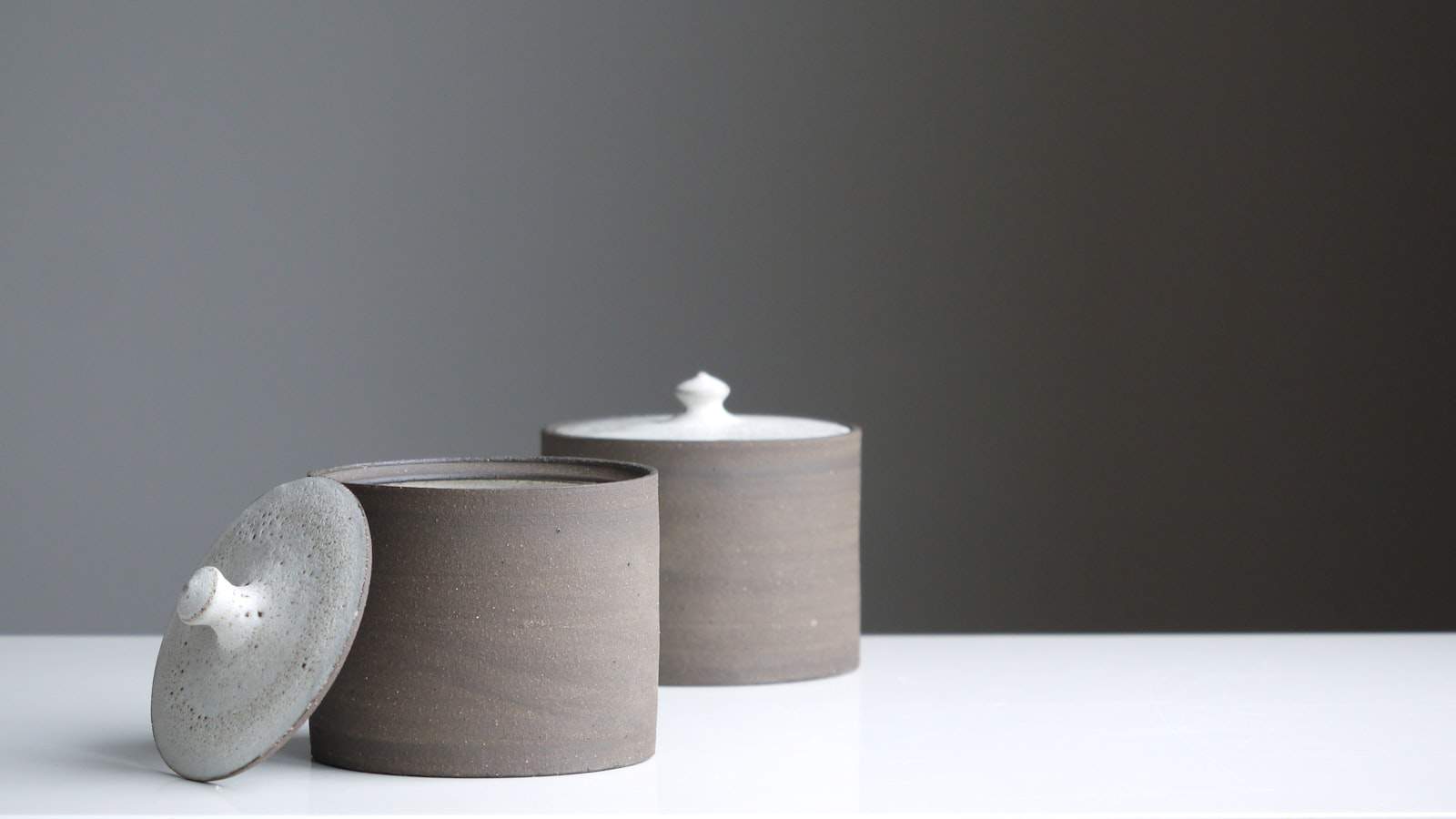
PCB Assembly Blog
-
What are Ceramic Substrate PCBs
Posted by
–
 Read more: What are Ceramic Substrate PCBs
Read more: What are Ceramic Substrate PCBsIntroduction to Ceramic Substrate PCBs Ceramic substrate PCBs are a type of printed circuit board that uses a ceramic material as the base substrate instead of the more commonly used FR-4 or other organic materials. These PCBs offer unique properties that make them suitable for specific applications, particularly those involving […]
-
What is a PCB trace antenna?
Posted by
–
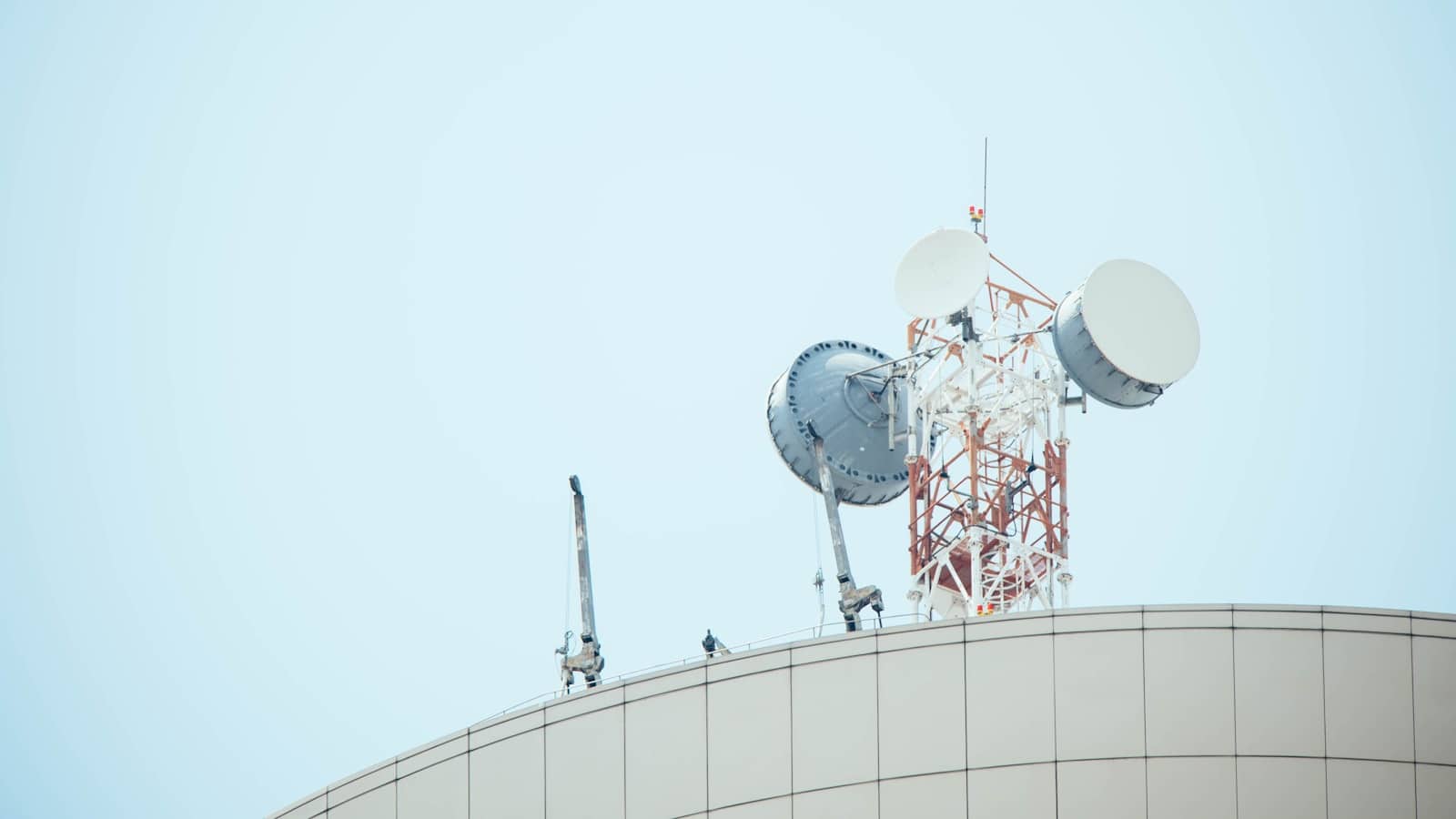 Read more: What is a PCB trace antenna?
Read more: What is a PCB trace antenna?How PCB Trace Antennas Work PCB trace antennas operate by exploiting the electromagnetic properties of the copper traces on the PCB. When an alternating current is applied to the antenna, it creates an electromagnetic field that radiates energy in the form of radio waves. The shape, size, and layout of […]
-
Can you clone a PCB?
Posted by
–
 Read more: Can you clone a PCB?
Read more: Can you clone a PCB?What is PCB Cloning? PCB cloning refers to the process of creating an exact replica of an existing printed circuit board. This involves analyzing the original PCB’s design, components, and layout, and then reproducing it with precision. The goal is to create a functional copy that matches the performance and […]
-
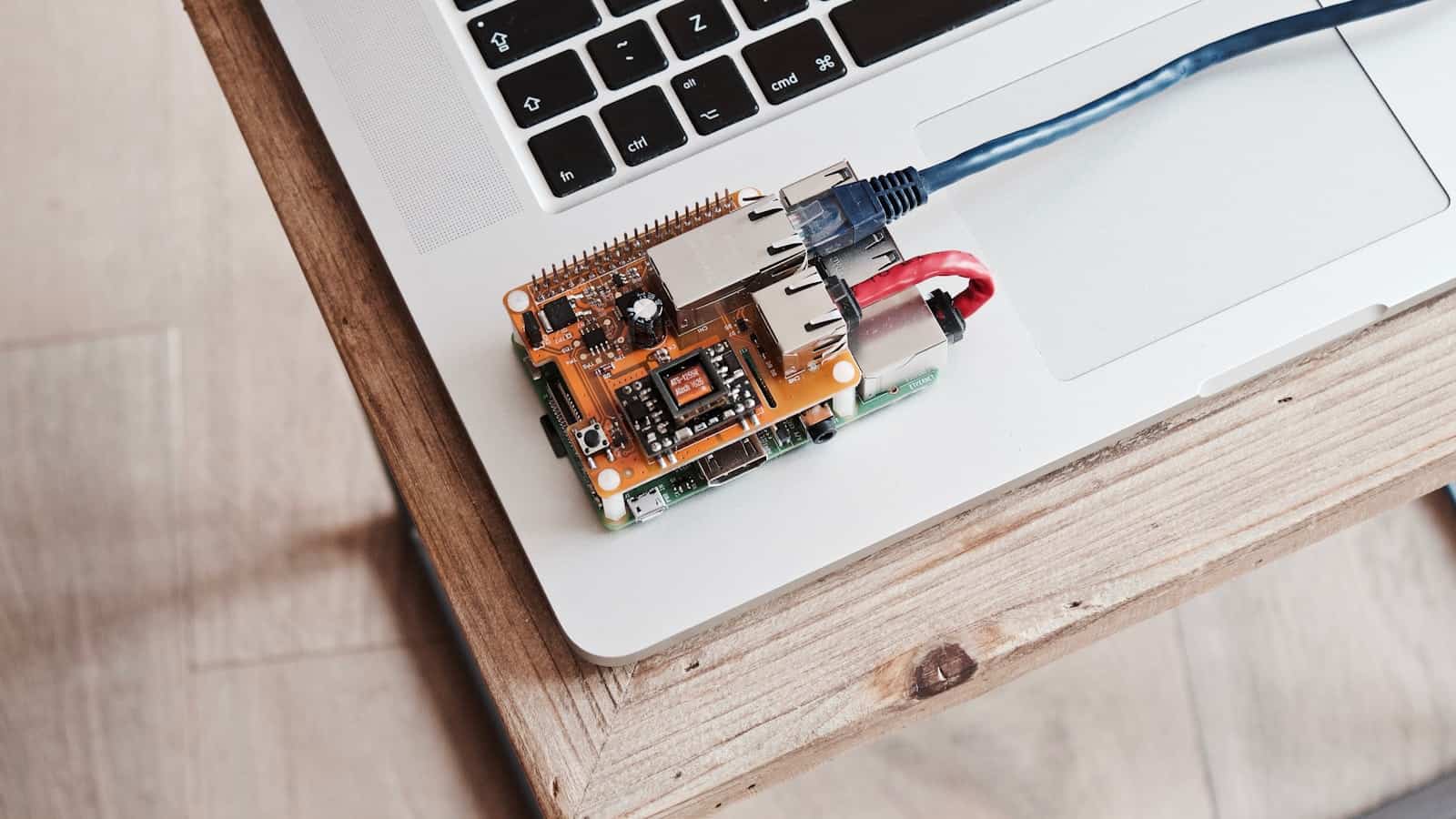 Read more: What is ELIC (Every Layer Interconnection) in PCB?
Read more: What is ELIC (Every Layer Interconnection) in PCB?Understanding the Basics of PCB Layering Before we delve into the specifics of ELIC PCB, let’s first understand the fundamentals of PCB layering. A printed circuit board consists of multiple layers of conductive copper and insulating material, typically FR-4. These layers are stacked and laminated together to form a complete […]
-
What is a flex circuit assembly?
Posted by
–
 Read more: What is a flex circuit assembly?
Read more: What is a flex circuit assembly?Overview of Flex PCB Assembly Flexible printed circuit board (PCB) assembly, also known as flex circuit assembly or flex PCB assembly, is a specialized manufacturing process that involves mounting electronic components onto a flexible PCB substrate. Flex PCBs are made from thin, flexible materials like polyimide that allow the board […]
-
What is flying probe PCB testing?
Posted by
–
 Read more: What is flying probe PCB testing?
Read more: What is flying probe PCB testing?How Does Flying Probe Testing Work? Flying probe testing utilizes a machine with multiple movable test probes that can precisely position themselves on specific points of a PCB. These probes are controlled by a computer-aided design (CAD) program, which contains information about the PCB’s layout and test points. The testing […]
-
What is a high voltage PCB?
Posted by
–
 Read more: What is a high voltage PCB?
Read more: What is a high voltage PCB?Understanding High Voltage PCBs What Constitutes a High Voltage PCB? A high voltage PCB is a printed circuit board that is specifically designed to withstand and operate at higher voltage levels compared to standard PCBs. The exact voltage threshold that defines a high voltage PCB can vary depending on the […]
-
What is ICT in PCB?
Posted by
–
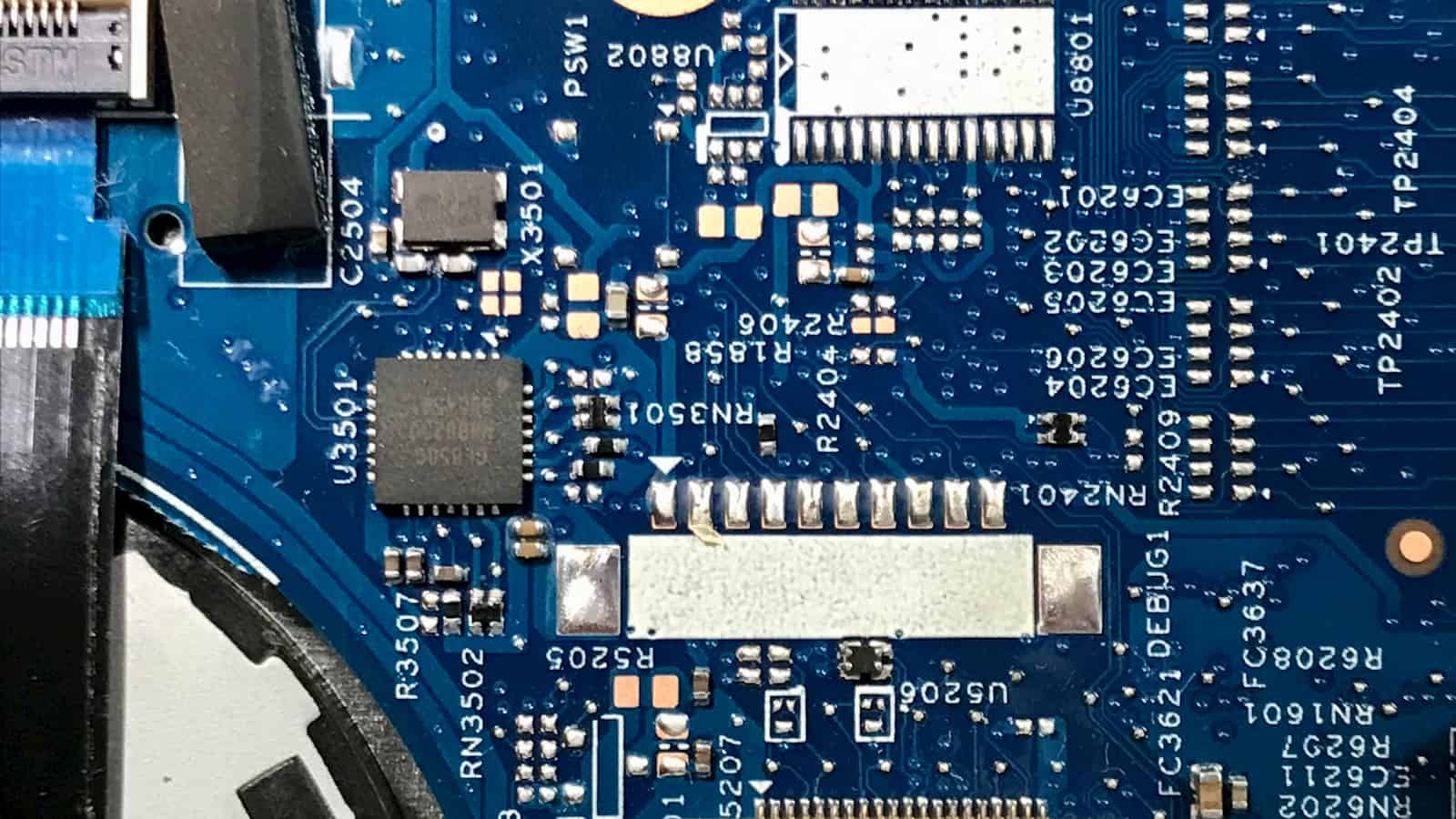 Read more: What is ICT in PCB?
Read more: What is ICT in PCB?What is a Printed Circuit Board (PCB)? A printed circuit board (PCB) is a flat board made of insulating material, such as fiberglass or composite epoxy, with conductive pathways etched or printed onto its surface. These pathways, also known as traces, connect various electronic components mounted on the board, forming […]
-
What is Kapton PCB?
Posted by
–
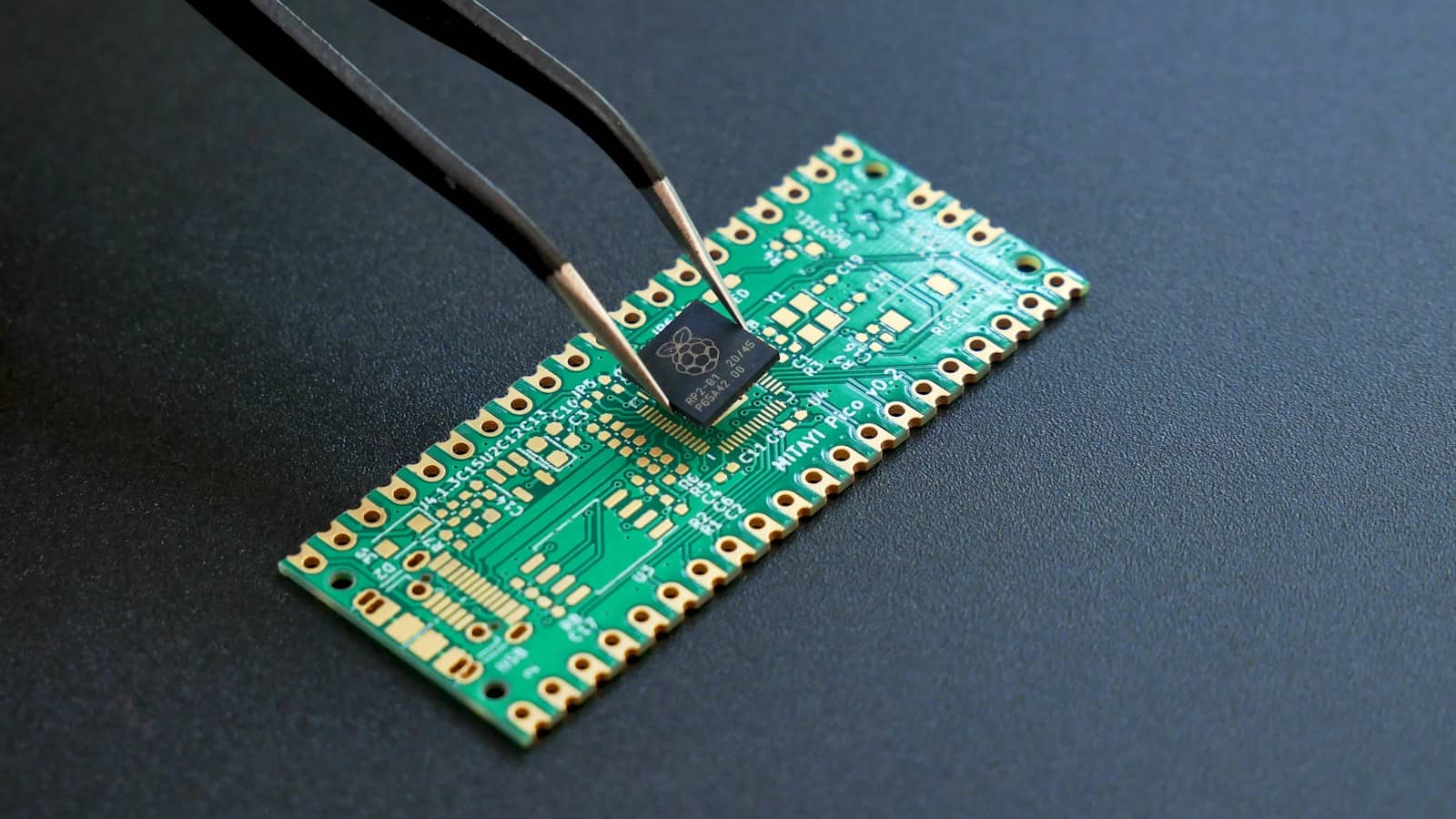 Read more: What is Kapton PCB?
Read more: What is Kapton PCB?Introduction to Kapton PCB Kapton PCB, also known as polyimide PCB, is a type of printed circuit board that uses Kapton as the base material. Kapton is a polyimide film developed by DuPont that possesses excellent thermal, mechanical, and electrical properties. These properties make Kapton PCB an ideal choice for […]
-
How do you assemble LED on PCB?
Posted by
–
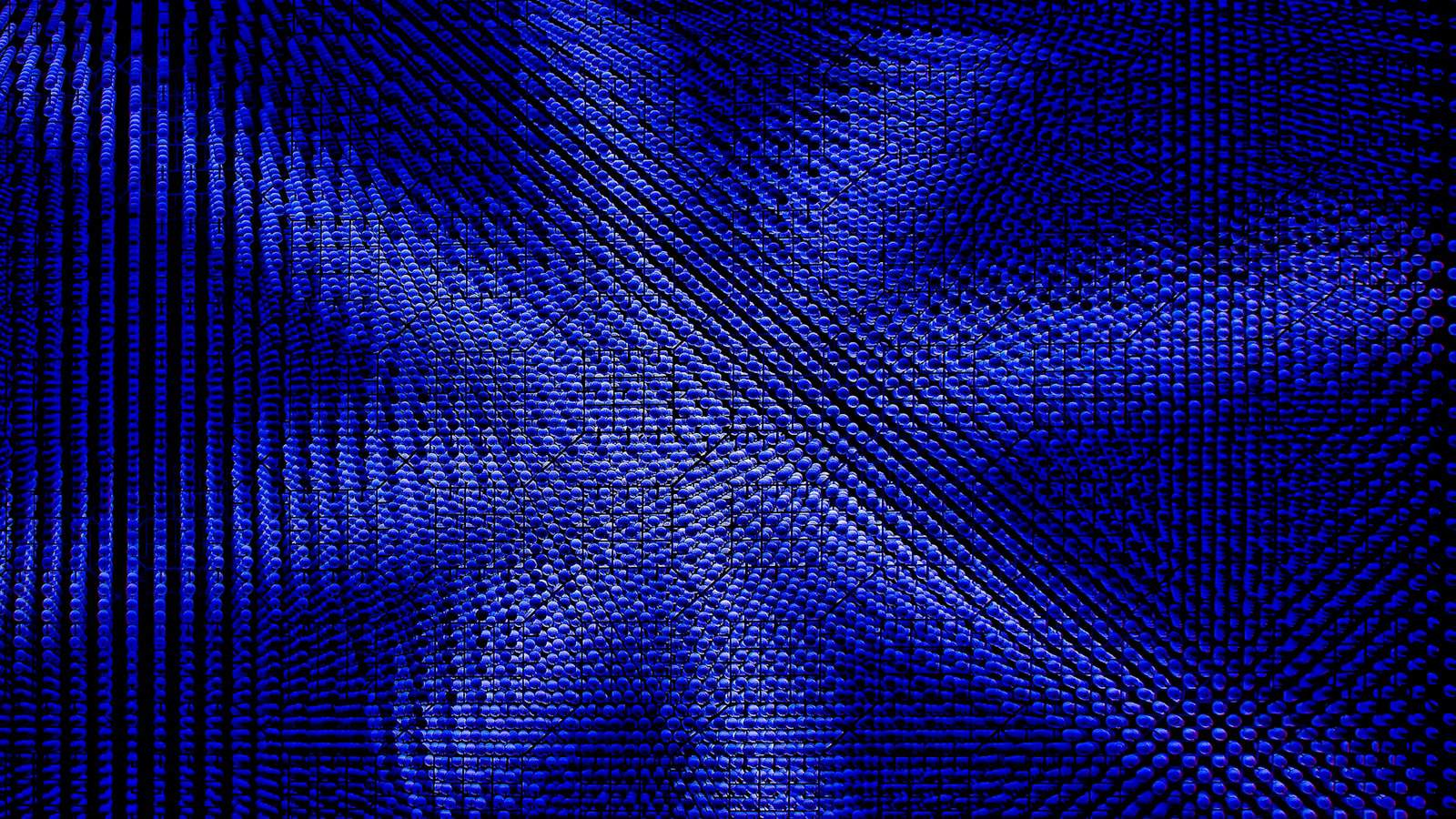 Read more: How do you assemble LED on PCB?
Read more: How do you assemble LED on PCB?Introduction to LED PCB Assembly Light-emitting diodes (LEDs) have become an essential component in modern electronic devices, offering energy efficiency, long life spans, and versatile applications. Assembling LEDs on printed circuit boards (PCBs) is a crucial process that ensures proper functionality and reliability of the final product. In this comprehensive […]




